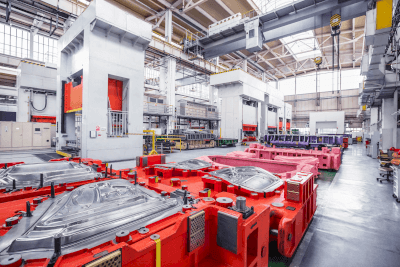What Is Plastic Processing?

Plastic processing refers to a method of shaping materials through external force, causing permanent deformation. Common materials like aluminum, when subjected to sufficient force, maintain their deformed state and do not return to their original shape.
This process shapes materials into desired forms, utilizing the material’s plastic zone property, where it remains permanently deformed under force.
Uses of Plastic Processing
Plastic processing is widely used in metal material fabrication, including press processing, where metal is deformed into predefined shapes using mechanical press machines. This process is integral in creating products like automobile frames, where precision shaping is essential.
Principles of Plastic Processing
The process leverages the material’s transition from its elastic zone, where it can return to its original shape, to its plastic zone, where it remains permanently deformed. Brittle materials like glass, which crack under deformation, are unsuitable for plastic processing. This method also induces work hardening, enhancing the material’s strength, and reduces residual stress after the external force is removed.
Types of Plastic Processing
1. Forging Processing
Forging shapes metal through striking with tools or molds, using forging hammers or presses.
2. Rolling Processing
Rolling stretches metal by passing it between rolls, commonly used in steel mills for sheet metal production.
3. Press Processing
Press processing includes shearing, bending, and squeezing methods, using mechanical, hydraulic, or hand press machines.
4. Extrusion Processing
Extrusion involves pressing material through a die to create long shapes like wires and rods, using extrusion molding machines.
5. Drawing Processing
Drawing pulls material through a die to create bar materials, suitable for making thin wires or fine needles.
6. Rolling Processing
This method uses concave-convex molds pressed against a round bar to create bolts suitable for materials with certain elongation and strength properties.
Other information on Plastic Processing
Advantages of Plastic Processing
Plastic processing enhances material quality through work hardening and stress reduction. It’s a cost-effective method, as it doesn’t generate waste like cutting processing. However, mold costs can be high, and prototyping may use other methods like total cutting or 3D printing. When automated with molds, processing time reduces, making it ideal for mass production of metal parts in industries like automotive and appliance manufacturing.